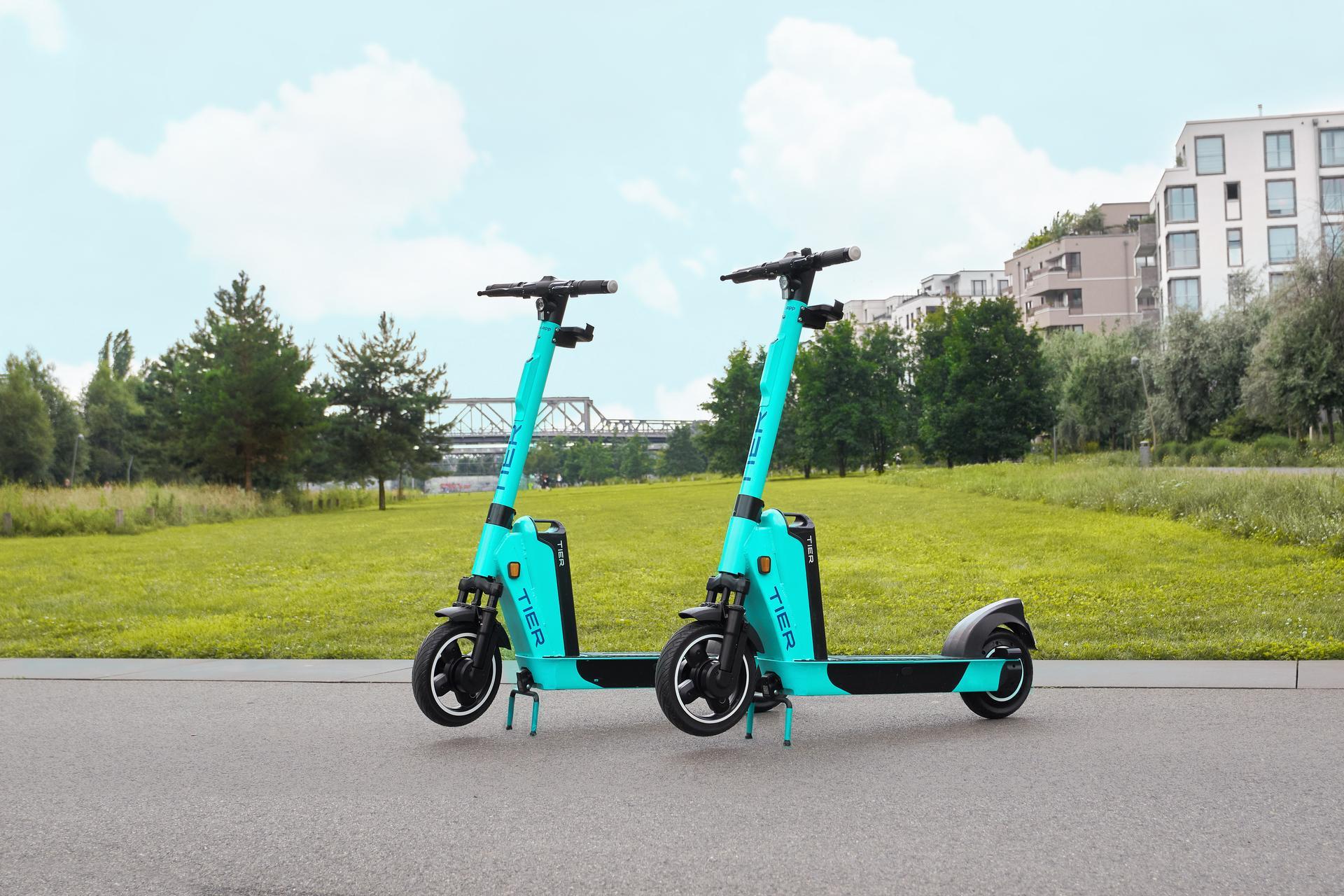Mobility
Technology
The 7 Myths About e-Scooters
February 1, 2022

E-scooters are currently being discussed more heatedly as hardly any other topic. Unfortunately, we see that a great deal of the public discourse is focusing on certain 'facts' that either represent only a small portion of the truth or are even wrong.
We are at the beginning of a turn in the mobility sector in which TIER, in particular, has set itself the goal of sustainably changing urban mobility for good. As part of this mission, we must counter myths surrounding the micro-mobility industry with sober arguments in order to successfully deal with the many misconceptions about e-scooters.
1st MYTH: E-SCOOTERS LAST ONLY 28 DAYS
FACT: The claim that a general and definitive product lifetime applies to e-scooters is false. All depends on the quality of the product as well as on the maintenance and repair processes of the respective provider. First-generation scooters in the US that were not designed for rental, were often insufficiently maintained and therefore did not last very long. From the very beginning, TIER has tackled the issue of life expectancy and we can successfully claim that since the second generation of its scooters, all individual parts are replaceable. We have such highly professionalized and frequent maintenance and repair cycles, that scooters hardly ever have to be taken out of service due to technical defects. It is for this reason that we calculate a life span of 5 years for current generation TIER e-scooters. If the e-scooters are removed from our sharing service, they can still be sold in the B2B or B2C area after a refurbishment and used for a further - especially in the B2C area, probably even longer - period of time.

2nd MYTH: E-SCOOTERS ARE BAD FOR THE ENVIRONMENT
FACT: At TIER, we have been climate-neutral as a company since January 2020. It is our goal to continuously reduce our carbon footprint, optimise processes and produce as few emissions as possible. The measures we have taken include the introduction of electric scooters with swappable batteries. These batteries can be swapped, for example, with the help of e-cargo bikes, further optimisation of the lifespan and charging with 100% green electricity. In addition, the TIER Energy Network was launched together with the latest e-scooter model - TIER V - in several cities across Europe and the Middle East. The charging network is the next evolution of shared mobility in smart cities. It enables users to swap batteries and creates an even more sustainable operation as it reduces the need for vehicles to travel around and swap batteries. The TIER V only emits 42.8 gCO2/pkm (HSBO, 2021). This is over 70% less than what a private car emits. TIER’s vision is to introduce the same swappable battery to its portfolio of shared vehicles so that in the future all will be powered by the same charging network.
In general, however, e-scooters are one of the most sustainable options in terms of energy efficiency in transport.

3rd MYTH: WORKING CONDITIONS AT E-SCOOTER COMPANIES ARE UNFAIR AND ARE BASED ON THE GIG-ECONOMY
FACT: Unfortunately, there is no industry standard regarding working conditions yet. While US providers work mostly with self-employed people (so called gig-workers) for recharging the batteries, business models and working conditions at e-scooter companies can differ considerably. To charge or collect the e-scooters, TIER works exclusively with salaried employees, either on a part-time or full-time basis.